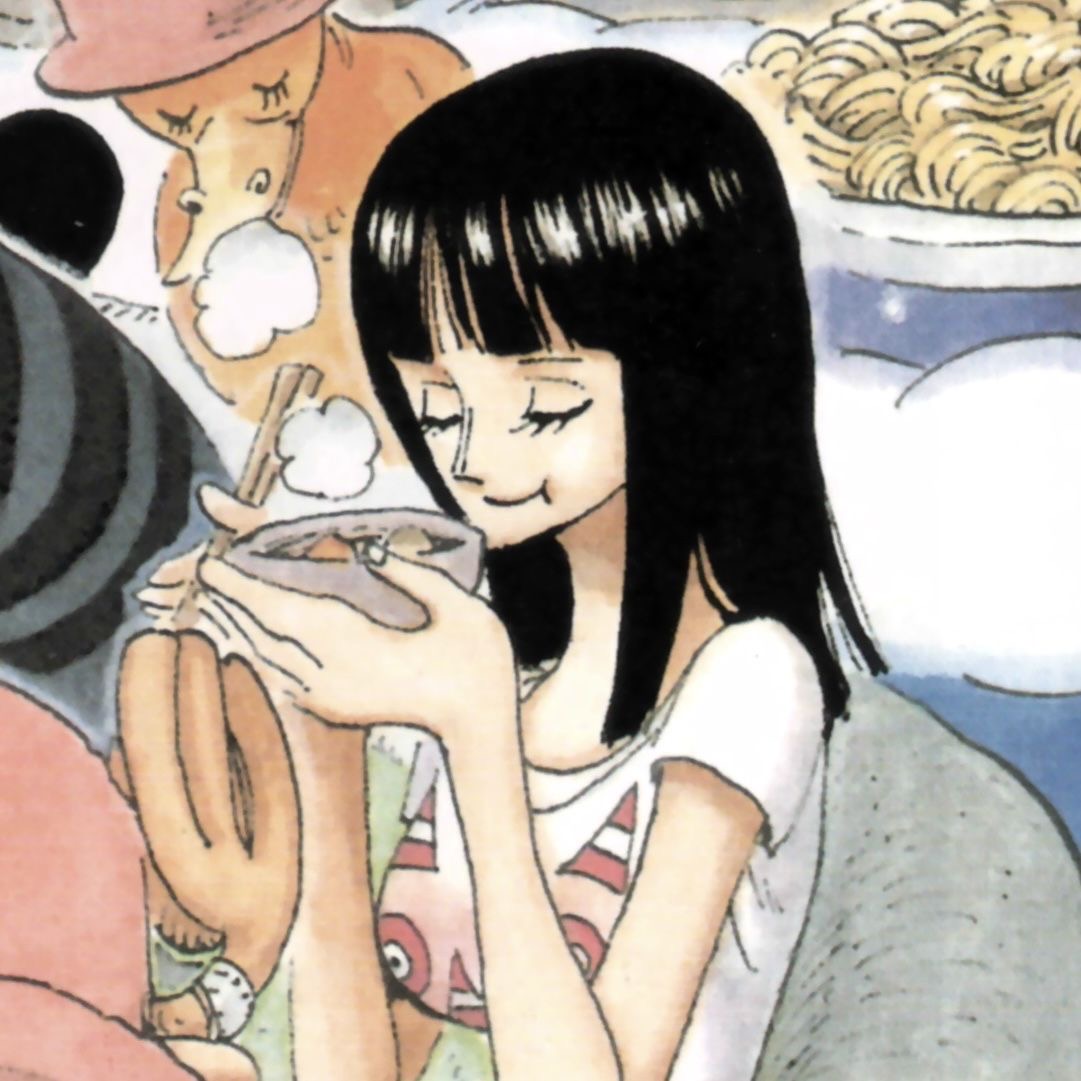Photosynthesis
Cards (24)
- What are the different levels of organization in plants?
- What is the function of the organ system formed by leaves, stems, and roots?
- What is the primary function of leaves?
- What do leaves require for photosynthesis?
- How is water transported to the leaves?
- How does carbon dioxide enter the leaf?
- What are stomata?
- Where are stomata primarily located on the leaf?
- What is the role of spongy mesophyll tissue in the leaf?
- Where does most photosynthesis occur in the leaf?
- What are chloroplasts?
- What is the function of phloem in the plant?
- What is the main problem that leaves face regarding water?
- How does the waxy cuticle help the leaf?
- How do guard cells regulate stomata?
- What happens to guard cells when the plant has lots of water?
- What occurs to guard cells when the plant is short of water?
- Why do guard cells close at night?
- Why are most stomata located on the underside of leaves?
- What is meristem tissue in plants?
- What can meristem tissue differentiate into?
- What are the key functions of the leaf structure?
- What adaptations do leaves have to balance carbon dioxide absorption and water loss?
- What are the main components of the leaf's internal structure?
